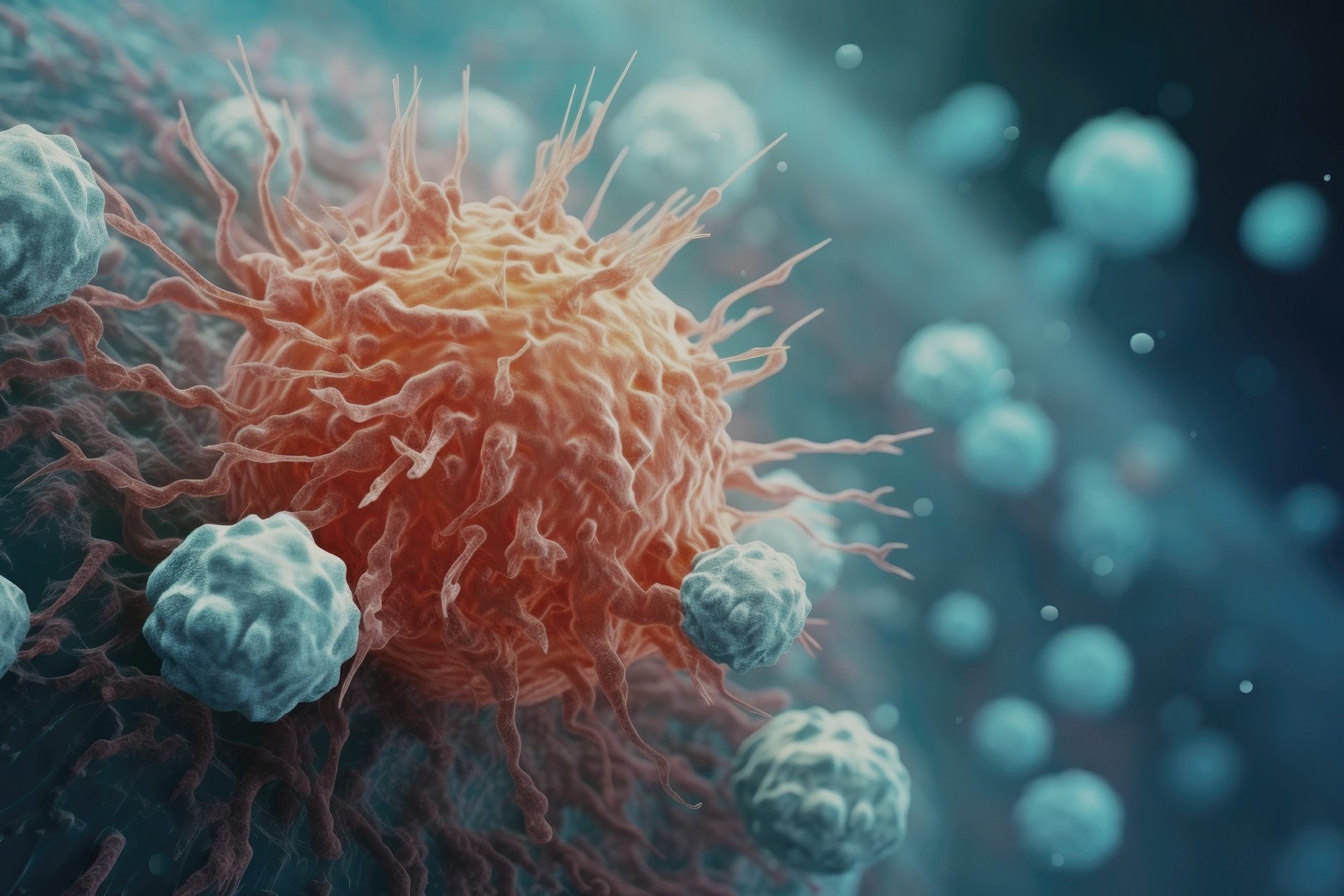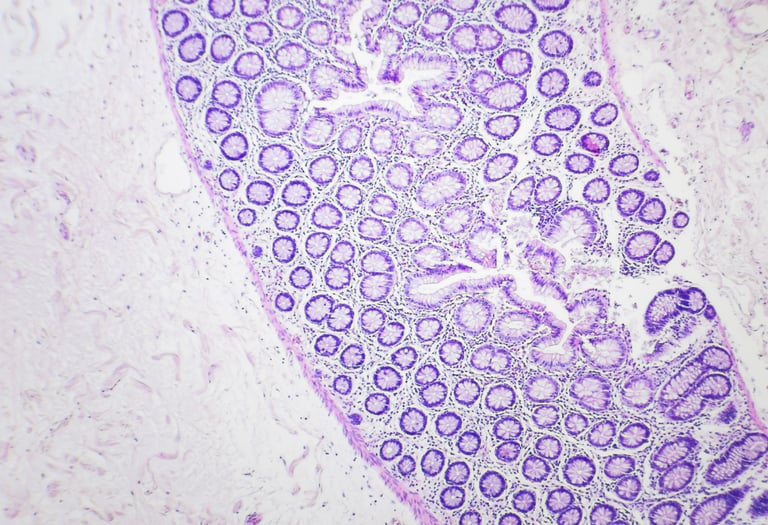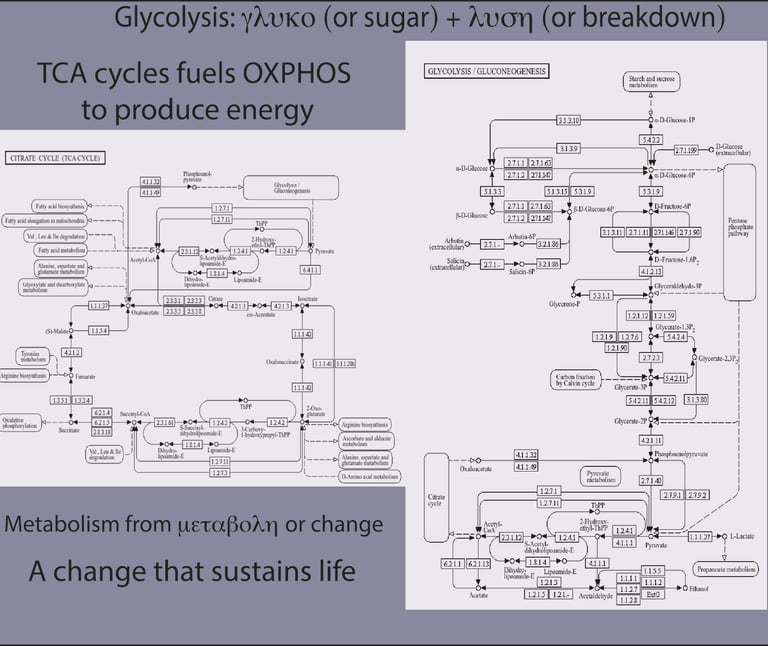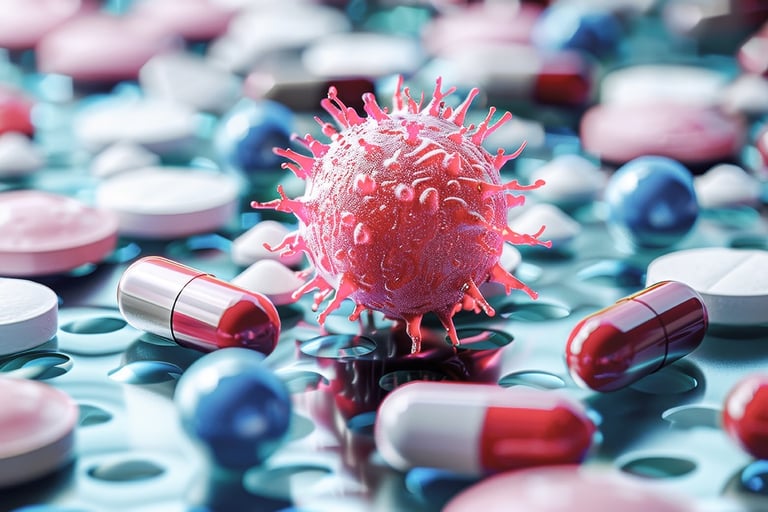
Small Molecules Designed for Optimizing
T Cell Activation for Cancer Immunotherapy
We develop products that enhance patient outcomes
T-CellAmp
Therapeutic Interventions
Immune Cells
Immune cells are our bodies’ defense against infection and disease.
Numerous types of immune cells exist including macrophages, dendritic cells, lymphocytes (B cells and T cells), and natural killer cells.
Immune cells circulate throughout the bloodstream and the various tissues in order to identify and remove foreign invaders (such as pathogens), cancerous cells, or damaged tissue.
Some immune cells like macrophages provide rapid, non-specific response (innate immunity). Other immune cells like T cells are adapted towards recognizing specific threats (adaptive immunity).
Metabolism
Metabolism=series of chemical reactions that produce the energy necessary for a cell to sustain life.
In immune cells, metabolic pathways are closely linked with their ability to differentiate, activate, and fight disease. Glycolysis and oxidative phosphorylation (OXPHOS) are key metabolic pathways.
Example: after encountering an invading pathogen, T cells adopt glycolysis as the main metabolic pathway in order to proliferate and acquire killing properties.
Understanding how immune cells utilize metabolic pathways for executing various functions has allowed Ergon Pharmaceuticals to create small organic enhancers the amplify desired properties in immune cells. Read more about TCellAmp.





Immune cells play a crucial role in:
infections
cancer
autoimmune diseases
Mining metabolic pathways of immune cells creates opportunities for designing better therapeutic interventions


Therapeutic Interventions
In infectious diseases and autoimmune conditions, overactivation of immune cells leads to uncontrolled inflammation. Metabolic inhibitors can dampen inflammation leading to improved patient outcomes.
In cancer, the tumor microenviroment disarms tumor infiltrating T cells. Metabolism of T cells is exploited to increase their killing properties, blunt the effects of the tumor microenvironment, and expand their presence within the tumor.
